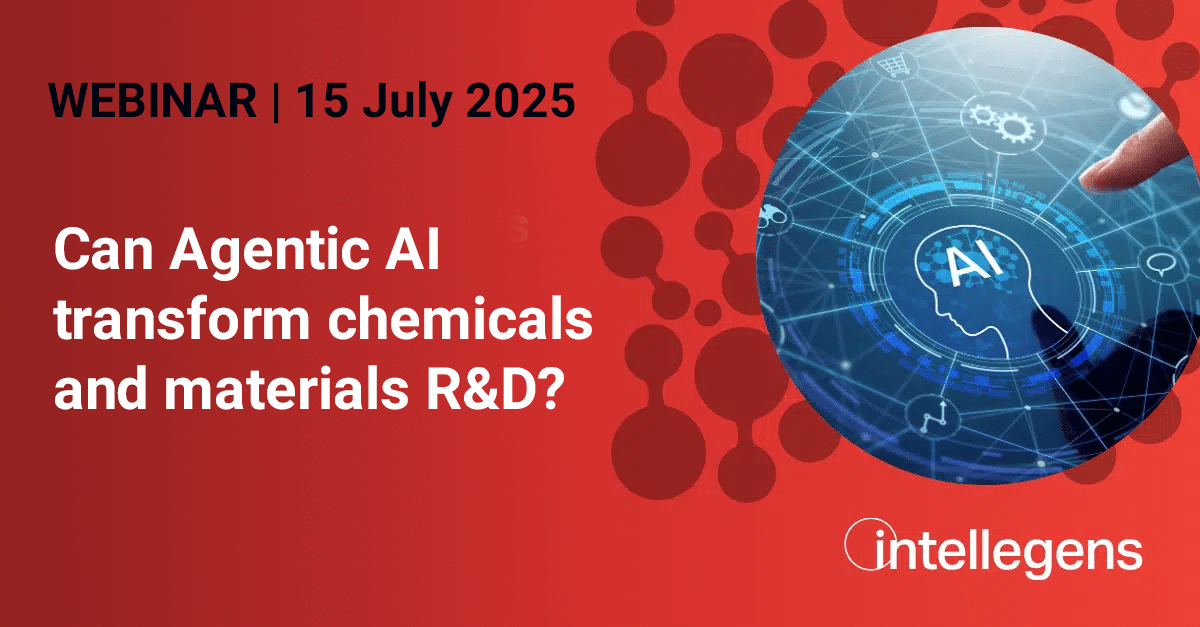This blog has given plenty of reasons for using machine learning software in industrial R&D.
But what stops organisations from deploying the technology?
Here are the top ten roadblocks identified by the Intellegens team – plus a few thoughts on why and how they should be circumnavigated.

1. What we are currently doing works well. That’s good. Keep doing it! But the best businesses always look for ways to improve. Intellegens often works on focused pilot projects to test out machine learning before a phased wider implementation. Give it a go. Maybe your competitors already have.
2. AI is all hype. We sympathise with this point of view. There is a lot of hype. It doesn’t help that the term ‘Artificial Intelligence’ is often linked to science fiction. That’s why we prefer to talk about ‘Machine Learning’. Our branch of AI can be viewed as simply very smart data analysis. It’s a practical tool that is proven on many real applications, such as these case studies.
3. Prove that it works for my data first. Machine learning doesn’t build-in assumptions about the data it is analysing, or the physical systems being studied. So, whatever the specifics of your application, it will be able to learn from your data and find any relationships hidden within it. Still not sure? Try it out.
4. It can’t replace good scientists and the insight that they can bring. Yes, that’s right, it can’t. But it can help scientists to find information hidden in their data thus enabling better insights, faster. One project leader that we work with described their goal as “to enable our chemists to spend more time doing great chemistry.”
5. We’re not sure how to use it to answer our business questions. It can be a challenge to formulate the right question to ask the machine learning. Our Alchemite™ Success team at Intellegens has great experience of working closely with customers to do this, helping them to apply their domain knowledge. We find that, having done this for an initial project, these users quickly become adept at applying the software to generate useful answers themselves. Dr Tom Whitehead discusses that process in this video interview.
6. We don’t have time to learn something new. We could point you to Abraham Lincoln’s famous quote about sharpening the axe, but that doesn’t buy you any more time – and it turns out that he probably never said it. Instead, we’d suggest looking for a solution with easy-to-use web browser access, supporting services to get you going quickly while training you and, as we’ve already discussed, practical options for piloting usage.
7. We don’t have enough data yet. This is a very common issue, even for those who are committed to trying machine learning. Yet it is often wise to start using machine learning as early as possible in an experimental program, because it can be applied to guide what experiment you should do next. The result is that targets are achieved with much less experimentation – we often see 50-80% reductions.
8. It’s a black box. No scientist likes to rely on something that appears to be magic! Machine learning isn’t magic: it’s mathematics. But we’ve written previously on this blog about the importance of good ‘explainable AI’ tools to help users understand what is going on inside the AI.
9. We can do this in-house. Organisations may commit to trying machine learning but reject the use of external software. Perhaps they have data scientists who like to build things themselves. Or the business hopes this will lower cost, or thinks the project is too strategic to trust externally. Our experience is that there is a ‘happy medium’ here. The true cost of in-house expertise is, in fact, usually quite high and you get most value from deploying it along with the best external tools. This avoids you spending time and money ‘re-inventing the wheel’, maintaining and updating software, performing lower-value data processing tasks, or solving common but tough challenges, like data sparsity.
10. We need to demonstrate Return on Investment to get funding. At Intellegens we can advise on the normal sources of this ROI such as fewer experiments, new data insights, and extracting more value from legacy projects. Then you can test those assumptions in an initial project. Let’s talk about how to do this!

